|
Before completing Fresh Stock's recent relocation to the United States, we were scrambling to check off things on our Japan bucket list. And while I hope we'll still have plenty of chances to keep checking things off (the list remains long after living in Japan for many years), we were able to do one of the big ones: we finally visited Hokkaido.
Hokkaido is Japan's northern island and the second biggest of its four main islands. It's famed for its nature, containing vast tracks of wilderness and several of Japan's famous national parks. Its capital, Sapporo, is Japan's fourth largest city, and it offers world class shopping and culture. Thanks to its proximity to Russia and Arctic winds, Hokkaido gets some of the highest snowfall in the world. The Sapporo Snow Festival, held annually in February, features an epic international snow sculpture contest. Lots of Japanese and foreign tourists alike flock to Hokkaido for the food. It's famous for its ramen, sea food, and as Japan's main producer of potatoes and dairy products. Besides some epic bowls of ramen (which can even be found in the airport!), we especially enjoyed eating a local favorite called "Genghis Khan", a lamb yakiniku dish named after the round grill that resembles a Mongolian helmet. Hokkaido has a fascinating history. Before becoming an outpost and later a prefecture of modern Japan, it was home to the Ainu, one of Japan's often neglected native peoples. After centuries of difficult dealings with the mainline Japanese, the Ainu were only recently officially recognized as an indigenous people with their own unique language, religion, and culture. While exploring Hokkaido, we saw less evidence of Ainu than I would have liked to have seen, but there are special attractions and museums where you can learn about their unique heritage. The city of Hakodate, Hokkaido's second biggest, was one of several port cities to open up to the western trade during the 19th century. This history is evident throughout the city, and numerous historical western buildings abound. The 19th century star fort, Goryōkaku, was even more impressive than our expectations and definitely made the long trip worth it. Before leaving Hakodate we stopped by a more modern attraction, Hakodate T-site, one of Tsutaya Books' flagships. This epic concept store is one of only two in the country, the other being the Daikanyama T-site in Tokyo, and they seem to be Tsutaya's answer to keeping the book store relevant. In addition to the usual books, music, and movies, the store was filled with premium lifestyle goods, limited collaboration products, and one of the best stationery sections around. Below are just a few photos from our adventure. I always dreamed of visiting Hokkaido, and I was not disappointed. In fact, I left thinking that if anything, Hokkaido is underrated, and more Western tourists should put it on their Japanese itineraries.
0 Comments
 To all our customers browsing Fresh Stock from the Great White North, we have some good news: lower shipping rates! After our recent relocation from Japan to the United States, we created shipping prices based on rates available from the United States Postal Service. But until now, we had only set a domestic rate and an international rate. And while most countries fit nicely into the international pricing structure, cheaper rates are available for nearby Canada. These rates have now been applied to our shipping rules, and they will appear automatically if you enter a Canadian shipping address. |
AuthorBenjamin Stock founded Fresh Stock in Kobe, Japan and now runs it in the U.S. along with his wife, Rebecca. Archives
November 2017
Categories
All
|

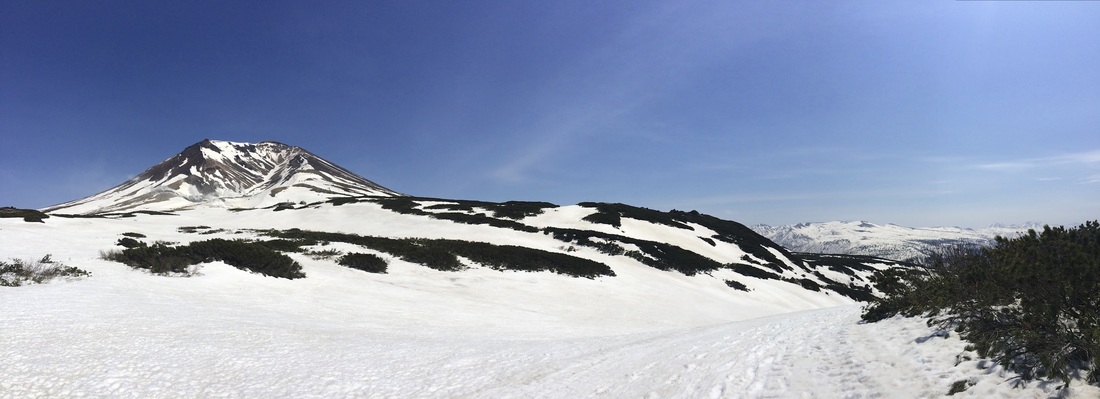
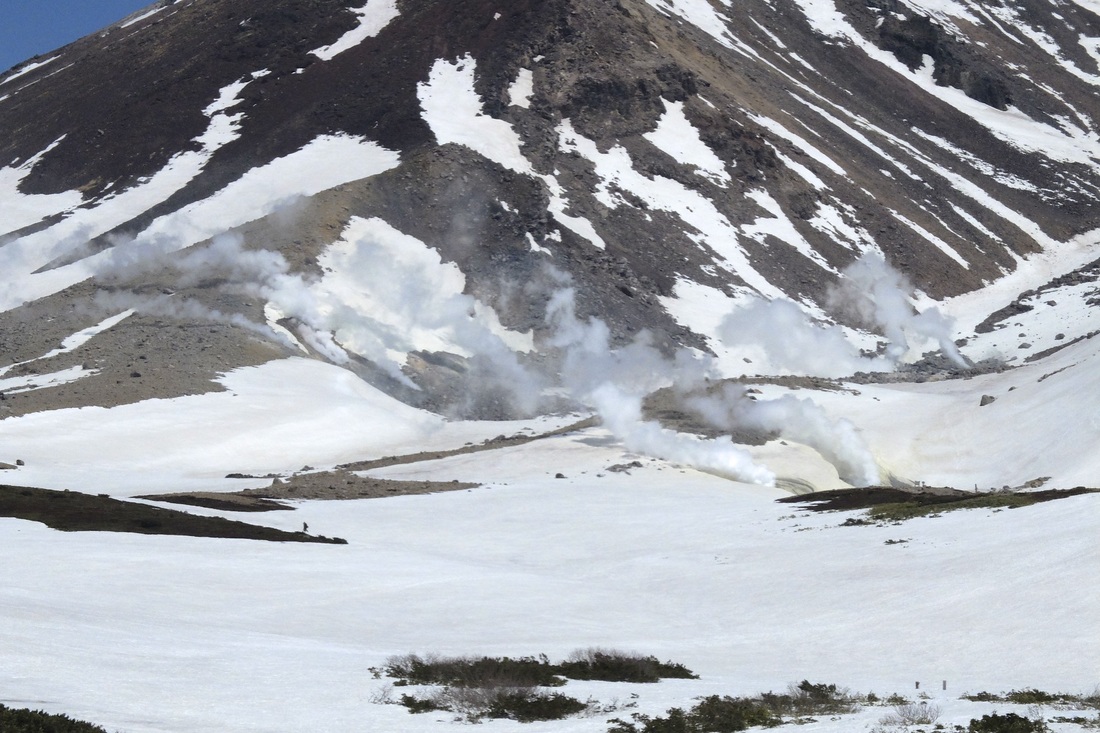
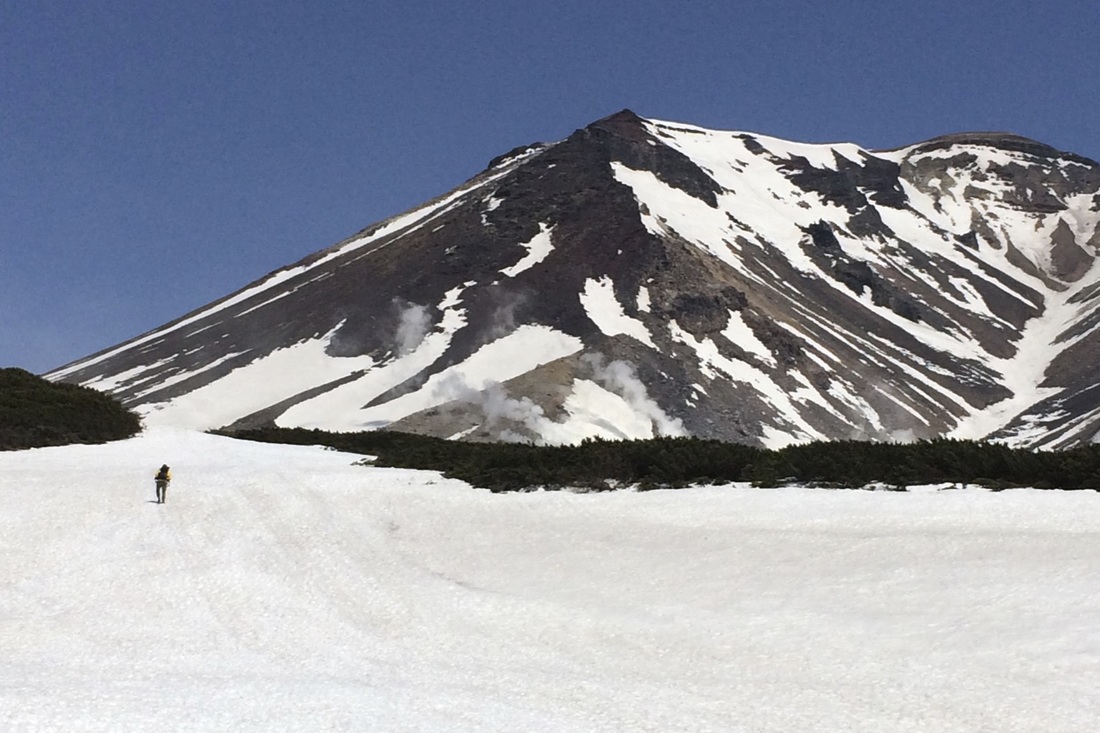
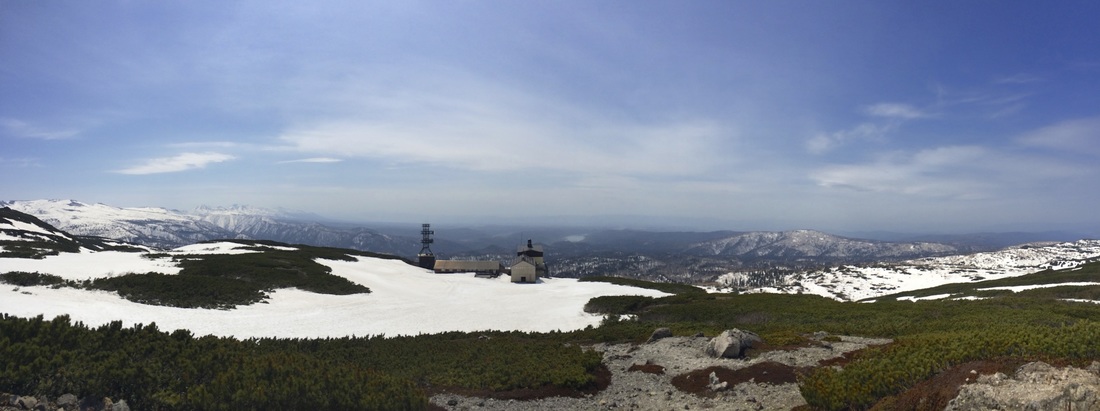
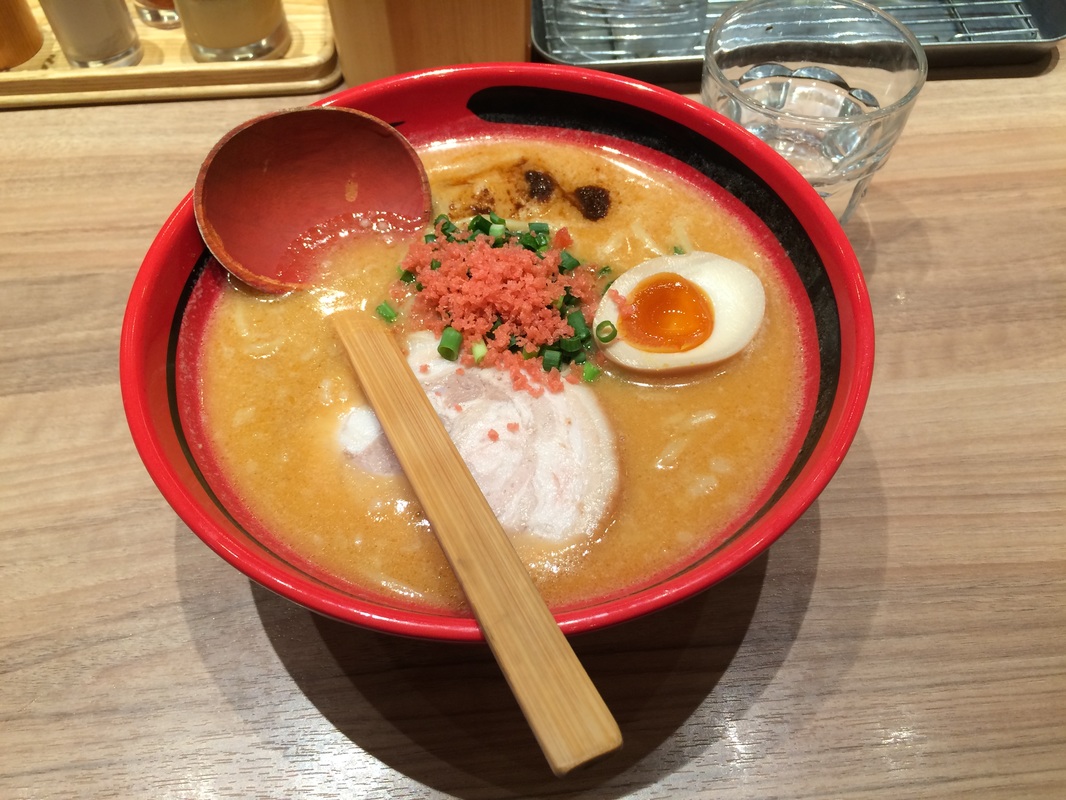
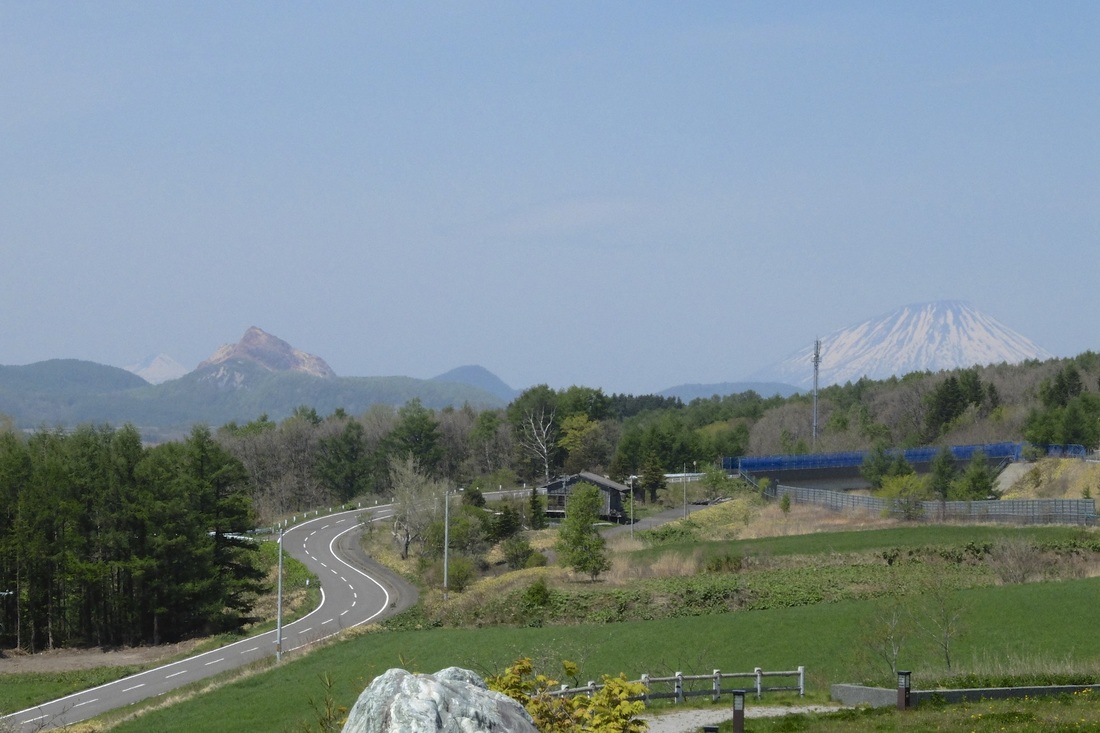
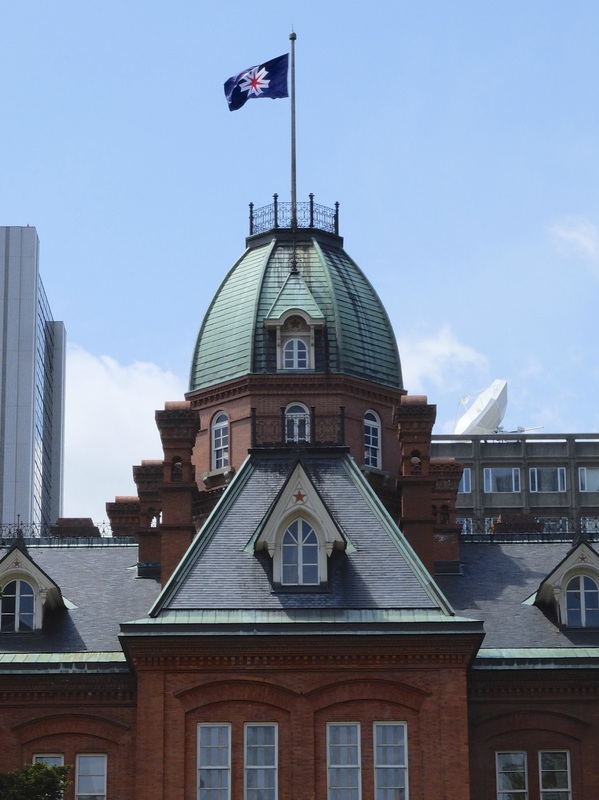
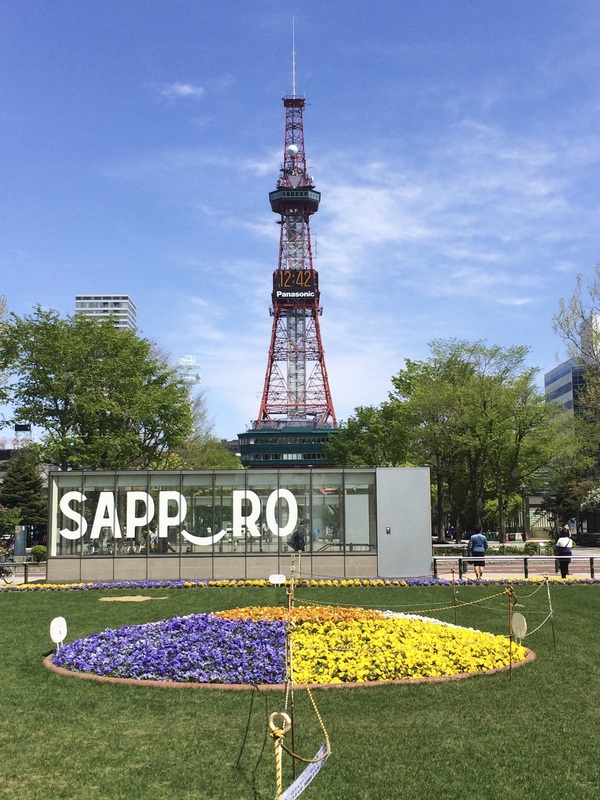
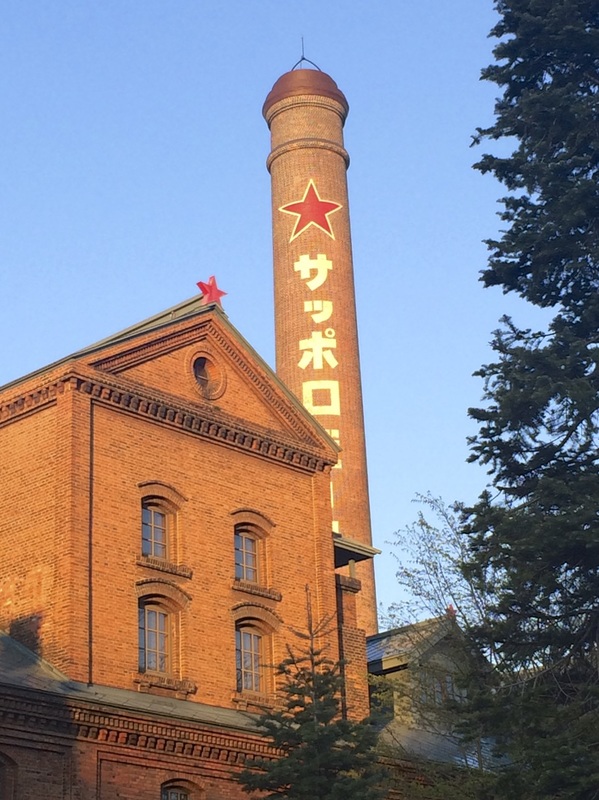
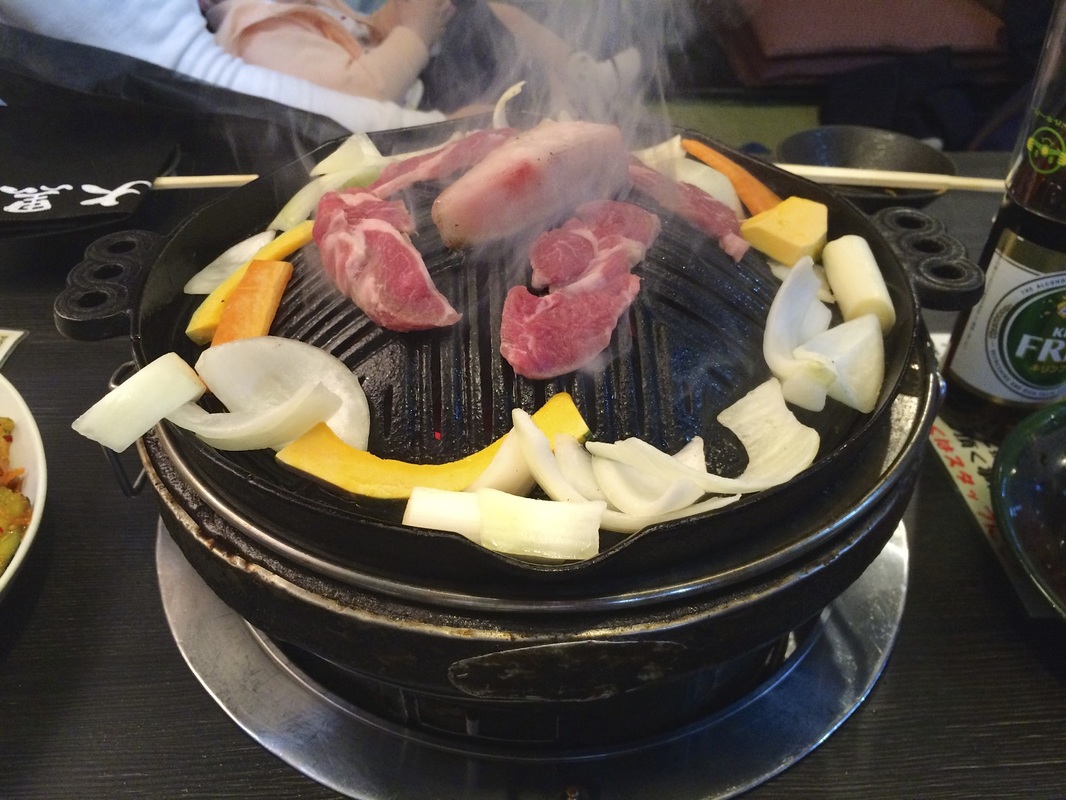
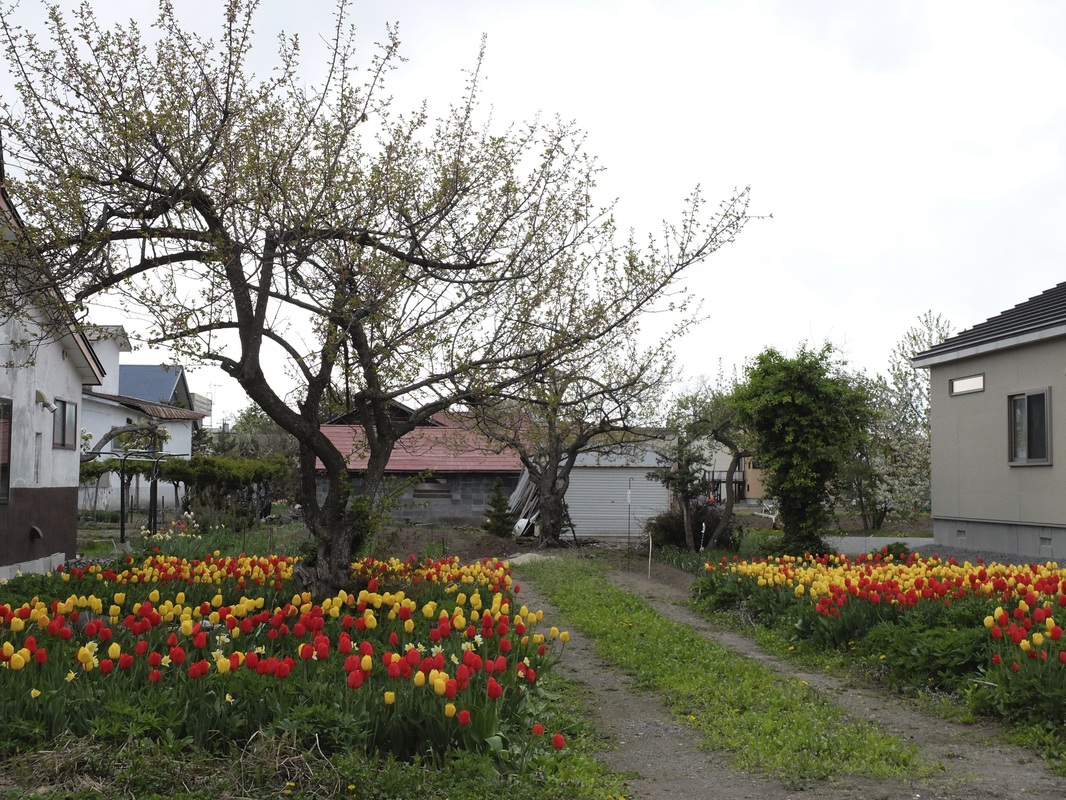
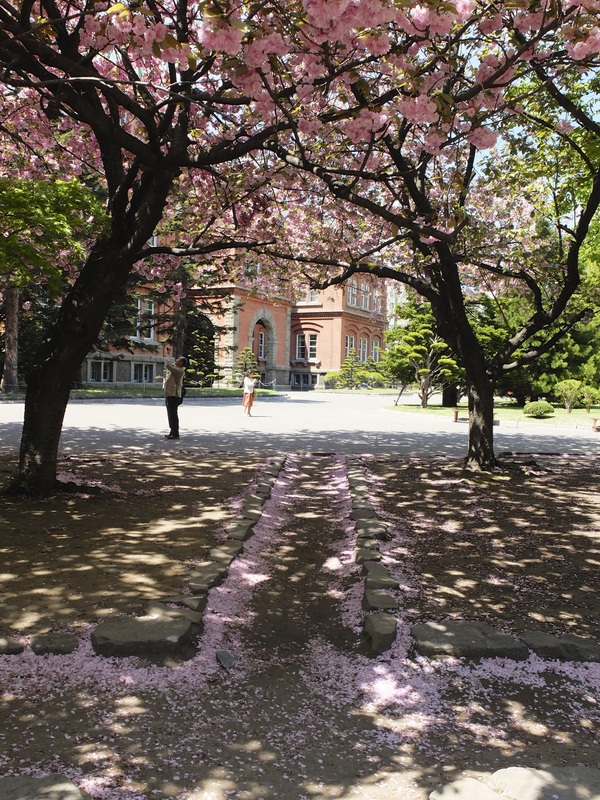
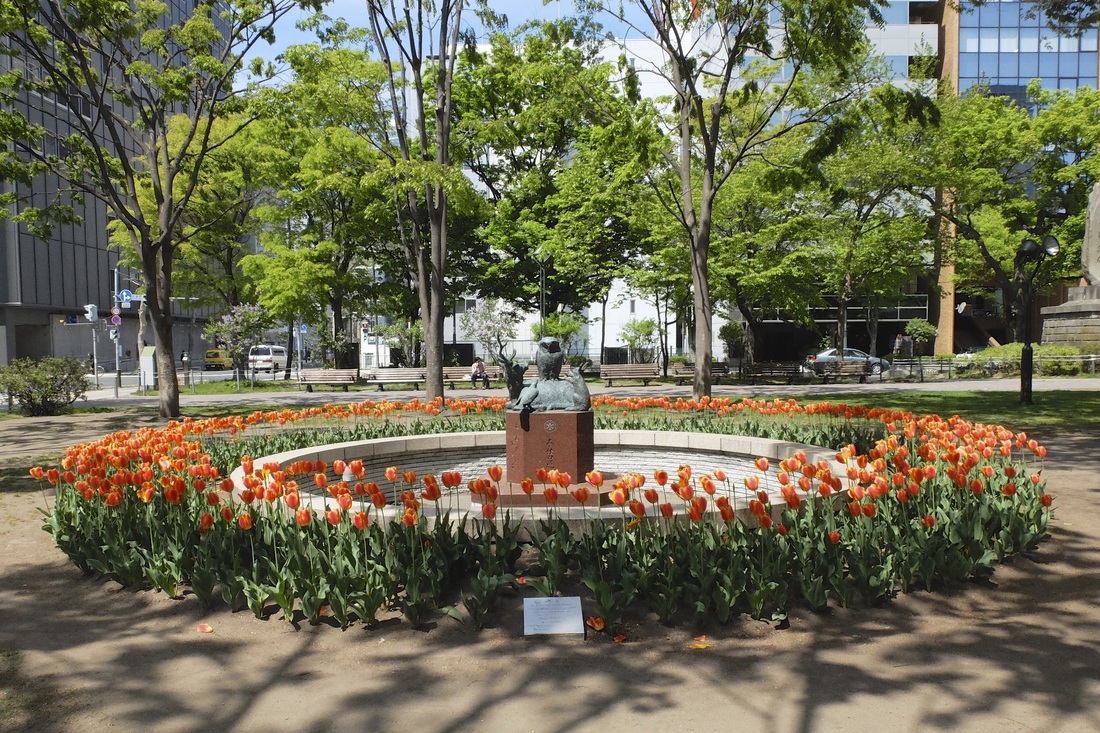
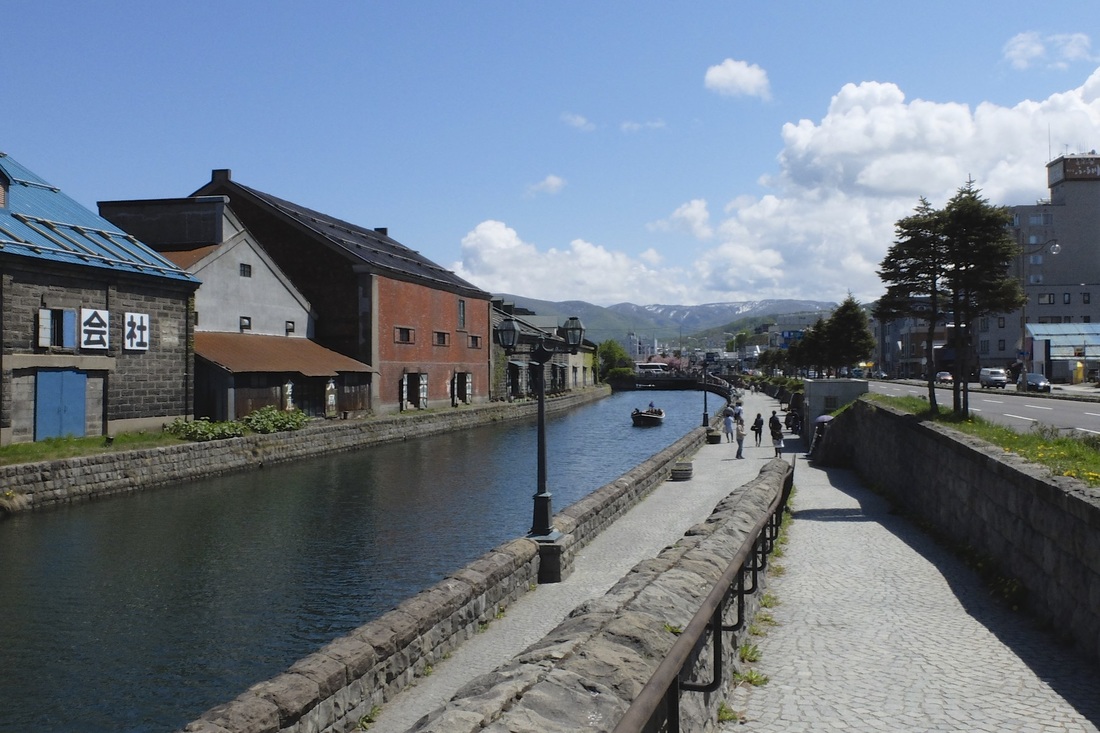
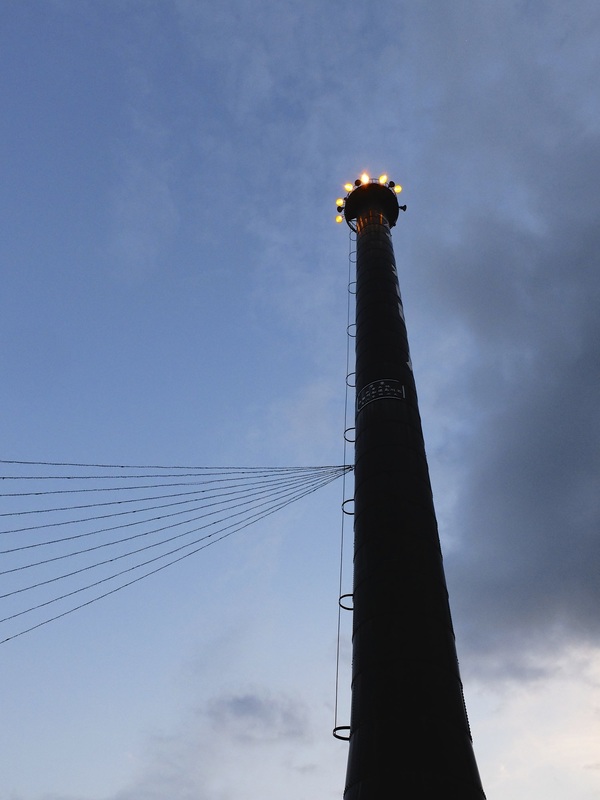
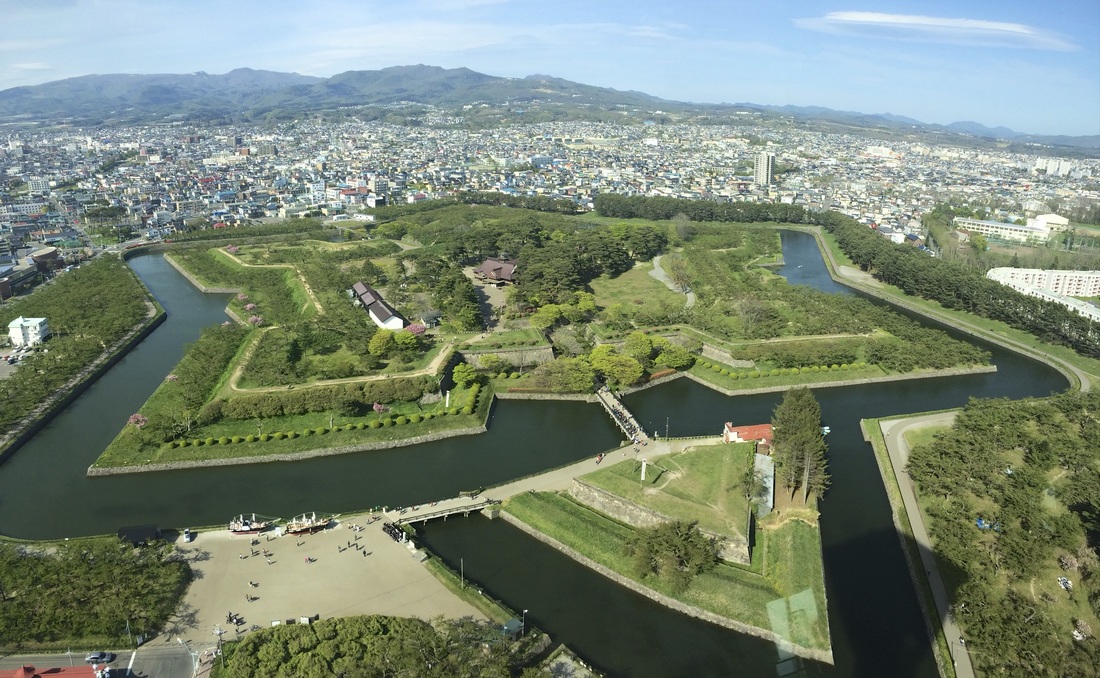
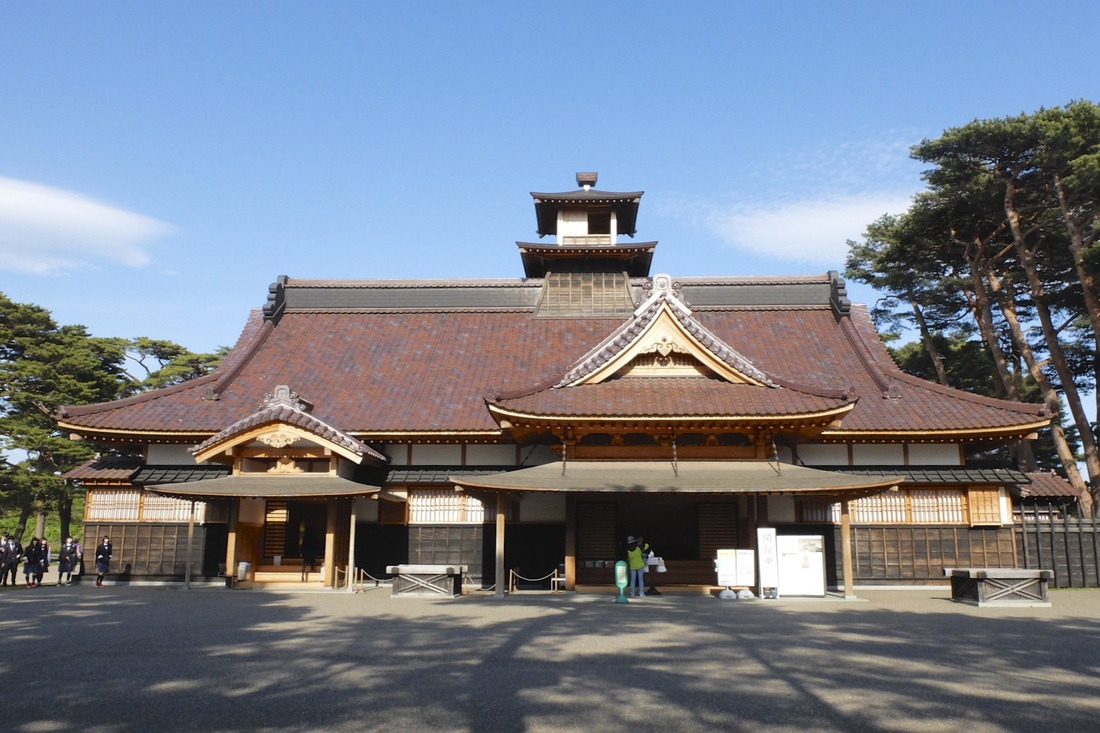
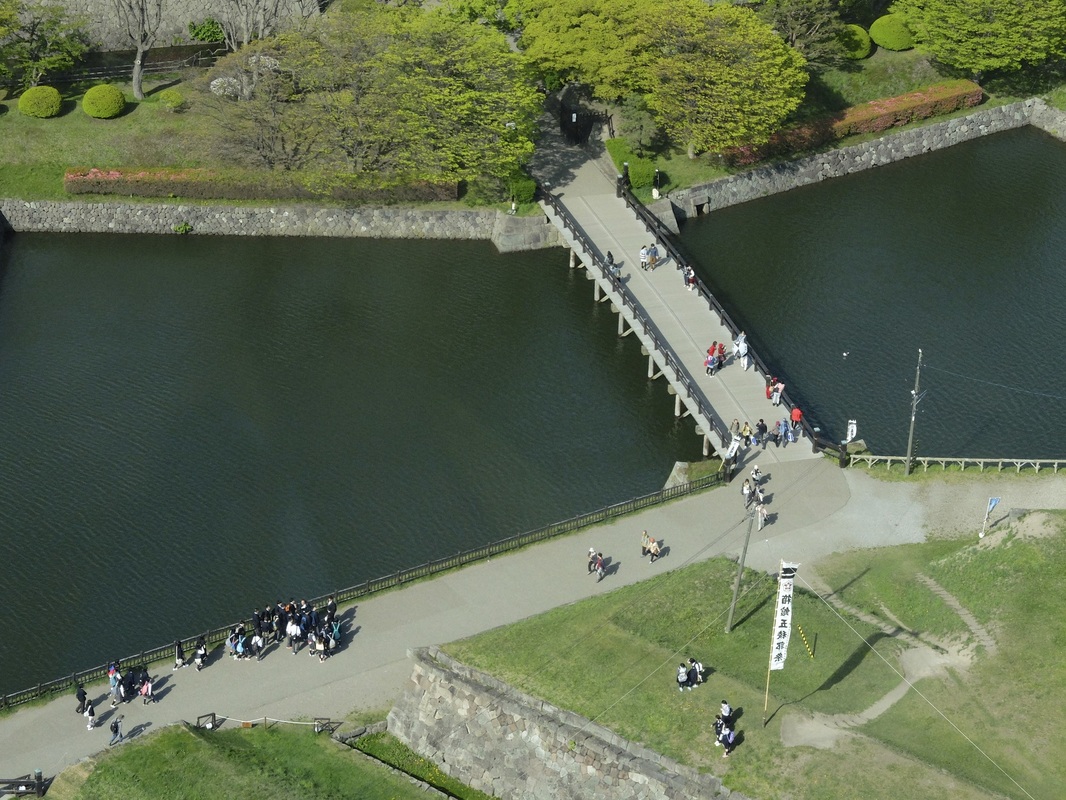
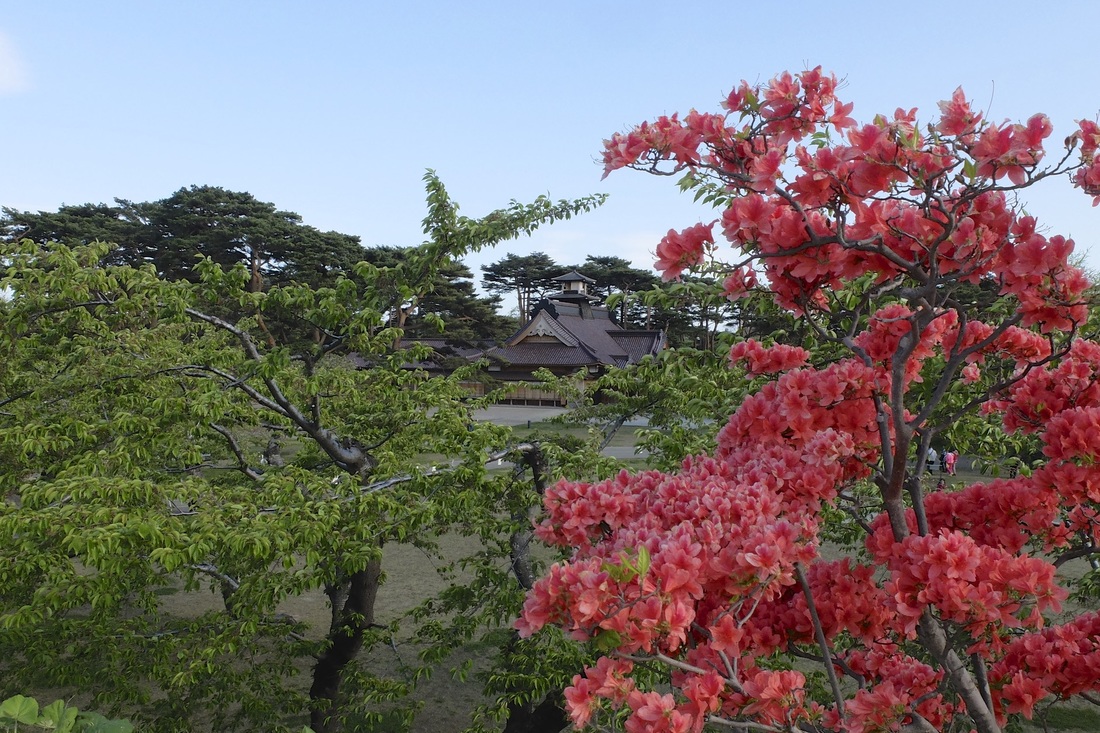
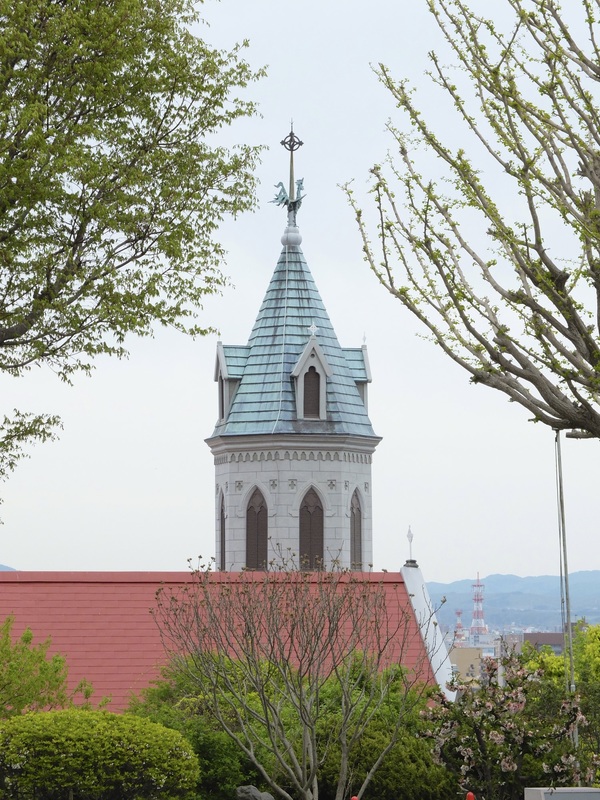
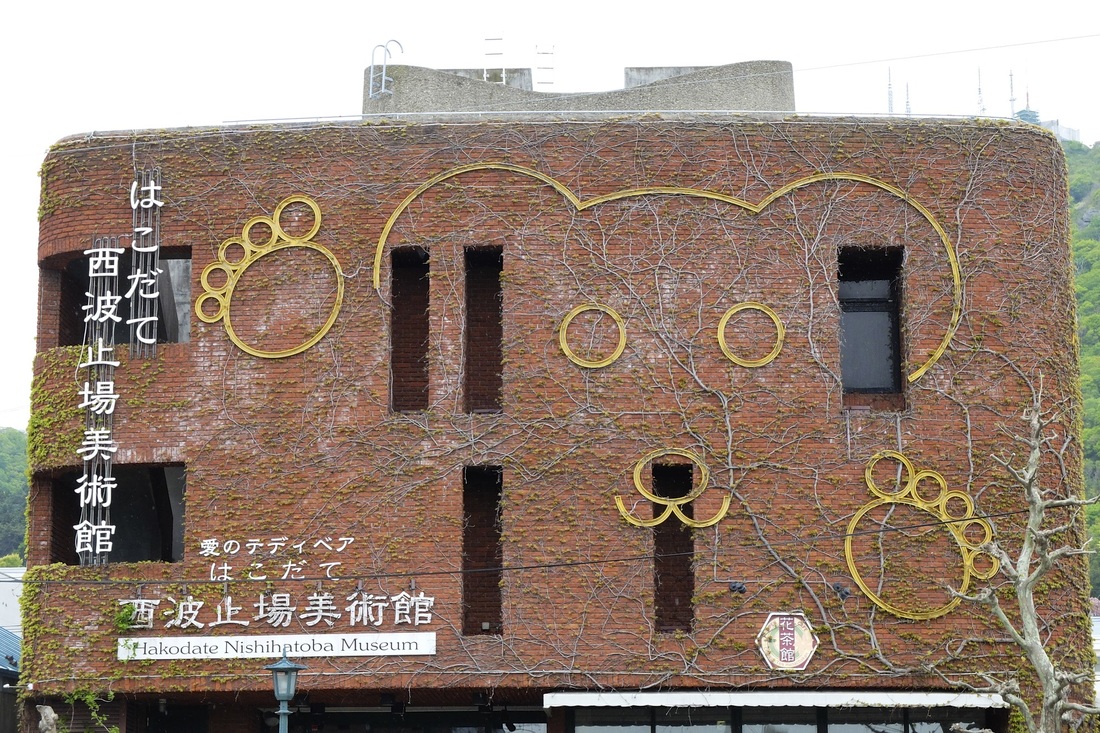
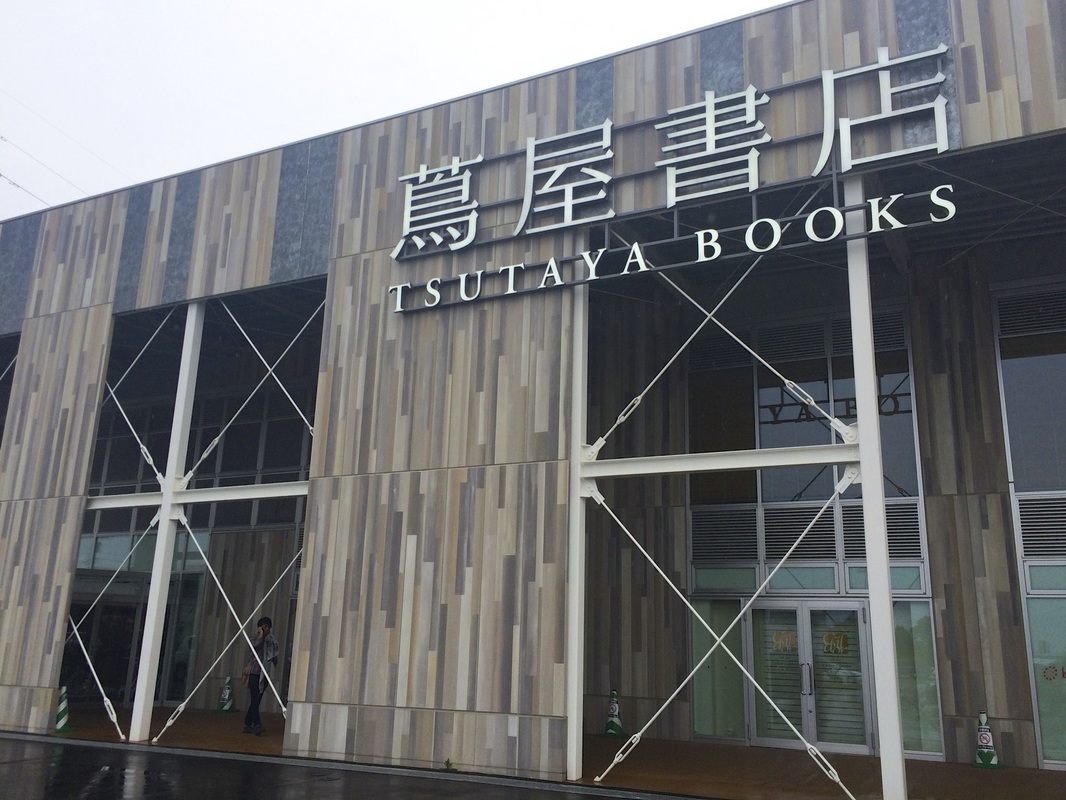
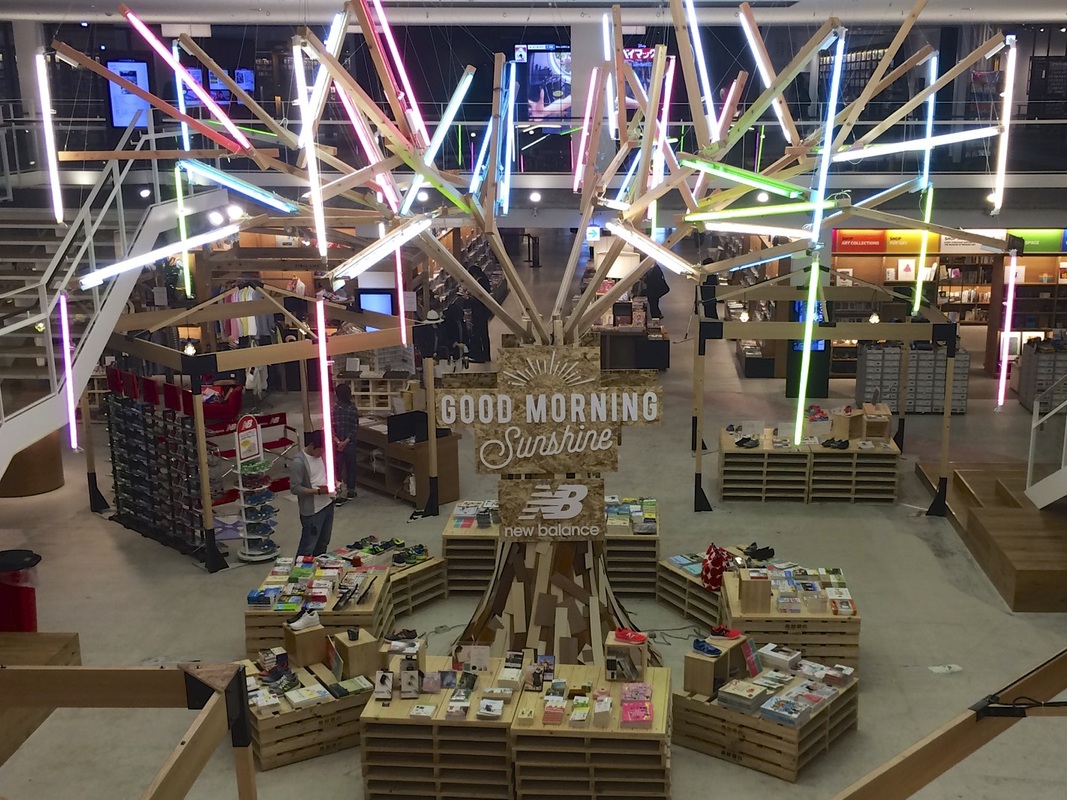
 RSS Feed
RSS Feed
